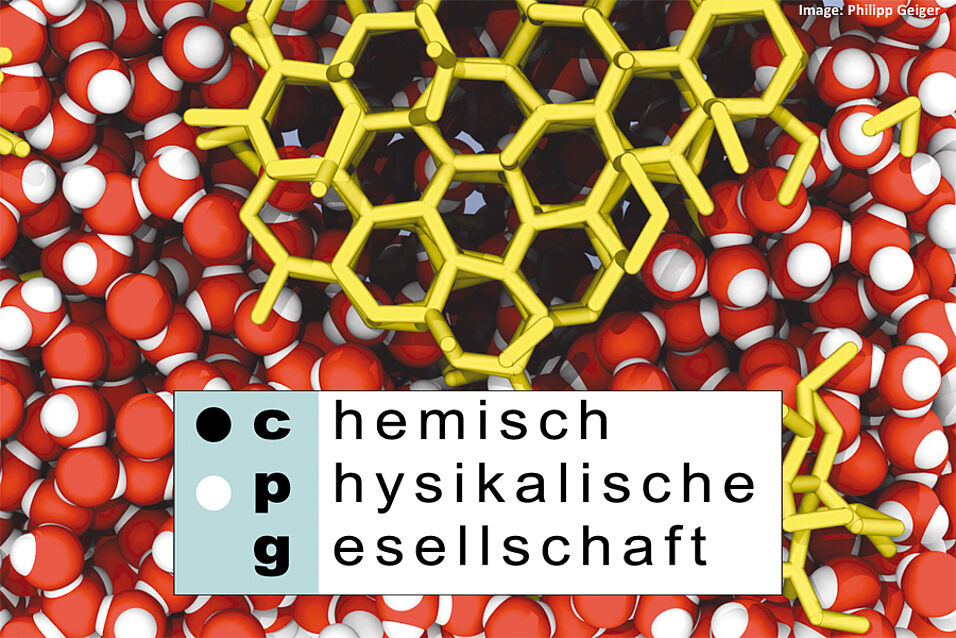Vortrag im Rahmen der Chemisch Physikalischen Gesellschaft
In many fields of physics and chemistry, the interaction of ions with surfaces plays a major role, as for example in nuclear fusion, where the impact of energetic ions from the fusion plasma leads to erosion of wall materials and thus to a limitation of the lifetime of these plasma facing components. In technical applications, in turn, ion bombardment of surfaces is used for material analysis (element composition, ion microscopy), for surface cleaning or coating, for material processing (structuring, lithography), for targeted material modification (implantation, changing properties) or for medical treatment (ion beam therapy). In order to achieve further progress in these fields, the underlying interaction mechanisms between ions and solids and especially their surfaces must be investigated in detail. With the discovery and availability of 2D materials such as graphene, experiments in which an ion interacts with only a single atomic layer of a solid became accessible for the first time. This makes it possible to determine the processes that take place when an ion passes a single atomic layer of a solid, such as charge exchange, electronic excitation or energy deposition with unprecedented detail. Besides broadening the understanding of fundamental ion-surface and ion-solid interaction mecha-nism, bringing the investigated processes into application opens a wide field of applications. It allows us to tailor and modify complex van-der-Waals heterostructures layer-by-layer. By the precise energy deposition of a highly charged ion, for example, we can perforate a mono- or bi-layer MoS2 in the nanometer range while leaving the underlying single-layer graphene com-pletely intact.

